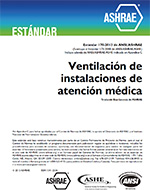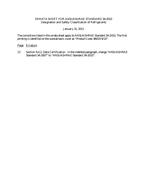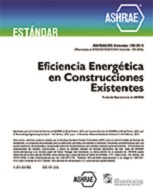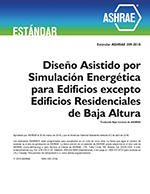Description
Heating and cooling systems in buildings consist of three main subsystems: heating/cooling plant, distribution system, and indoor terminal unit. The choice of indoor terminal unit determines the characteristics of the distribution system and the heating and cooling plants that can be used.
Different forms of energy (electricity and heat) are used in heating and cooling systems, and therefore, a holistic approach to system design and analysis is needed. In particular, distribution systems use electricity as a direct input to pumps and fans, and to other components. Therefore, exergy concept should be used in design and analysis of the whole heating and cooling systems, in addition to the energy analysis. In this study, water-based (floor heating and cooling, and radiator heating) and air-based (air heating and cooling) heating and cooling systems were compared in terms of their energy use and exergy consumption for auxiliary components (pumps and fans). The effects of the auxiliary components on whole system energy and exergy performance were identified.
Water-based heating systems required 68% lower auxiliary exergy input than the warm-air heating system with heat recovery, and floor cooling system required 53% lower auxiliary exergy input than the air cooling system, showing a clear benefit for the water-based systems over the air-based systems.
The auxiliary energy and exergy input to different systems is an important parameter for the whole system performance. Its effects become more pronounced and can be studied better in terms of exergy than energy. The required exergy input to the power plant for space heating and cooling purposes are comparable to the required exergy input for auxiliary components. The exergy input to auxiliary components should be minimized to fully benefit from the water-based low temperature heating and high temperature cooling systems, and in general in heating and cooling systems, and to integrate effectively the renewable energy resources to building heating and cooling systems.
Citation: 2017 Winter Conference, Las Vegas, NV, Conference Papers
Product Details
- Published:
- 2017
- Number of Pages:
- 8
- Units of Measure:
- Dual
- File Size:
- 1 file , 880 KB
- Product Code(s):
- D-LV-17-C012




